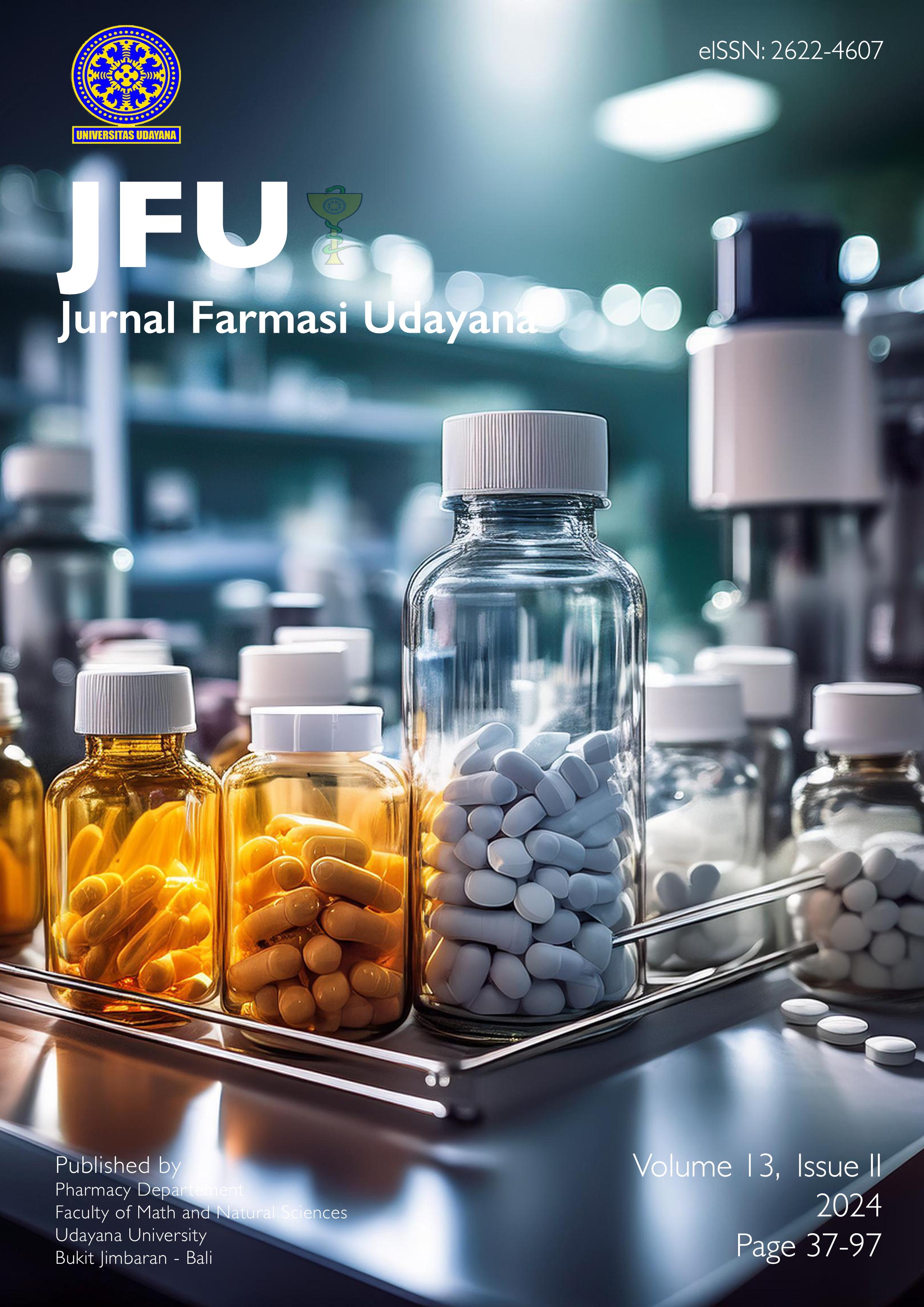Antidepressant potential of celery (Apium graveolens L.) leaves extract and fraction in male white mice
Abstract
The intolerability side effect of synthetic antidepressant reduced adherence and trigger recurrent depression episodes. Herbal medicine had known have good tolerability and safety. Celery had been widely cultivated and consumed in Indonesia. Celery which contains flavonoid, alkaloid, and terpenoid which is suspected to have activity as an antidepressants herbal medicine. This study was aimed to determine antidepressant potential of celery leaves extract and fraction. Celery leaves extract (CLE) obtained by maceration used ethanol 70%. Celery leaves fraction obtained by partition with n-hexane, ethyl acetate, and water. This research used 32 mices divided into eight groups which is positive control (fluoxetine 2,9 mg/kgBW), negative control (Na-CMC suspension), three groups extract, and three groups fraction (n-hexane, ethyl acetate, and water) of celery leaves. Variation dose of CLE was 150, 200, and 250 mg/kgBW. Chronic Mild Stress (CMS) given as stressor induction. Decrease duration of Immobility Time (IT) and grooming obtained from Forced Swimming Test (FST) method. CLE 150 mg/kgBW was the effective dose. Celery leaves extract and fractions decreased the duration of IT and grooming. Fraction of ethyl acetate 7,99 mg/kgBW was the most active fraction had antidepressant effect as same as fluoxetine 2,9 mg/kgBW. Celery leaves extract and fraction have potention as antidepressant.




